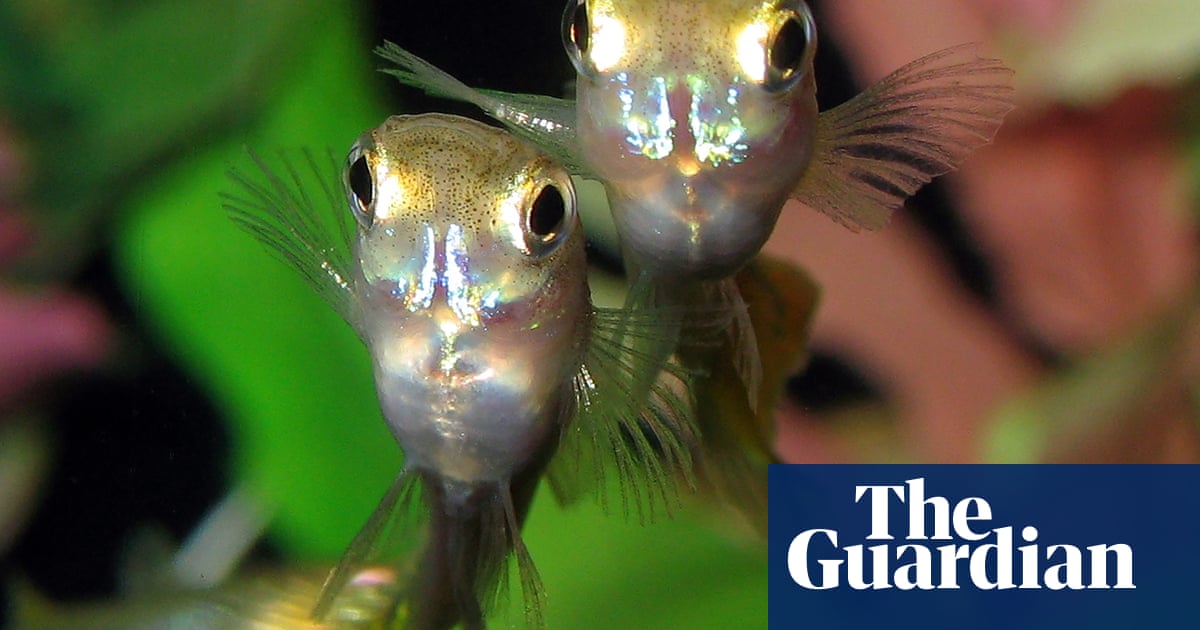Contamination of waterways with the antidepressant Prozac is disrupting fish bodies and behaviours in ways that could threaten their long-term survival, new research has found.
As global consumption of pharmaceuticals has increased, residues have entered rivers and streams via wastewater raising concerns about the effects on ecosystems and wildlife.
Research published in the journal of Animal Ecology found low concentrations of fluoxetine – an antidepressant commonly known as Prozac – reduced the body condition and sperm vitality of male guppies over multiple generations.
The study’s co-lead author, Dr Upama Aich from Monash University, said thousands of chemicals were “being dumped into our waterways every day”. The researchers chose to look at fluoxetine as it was “quite ubiquitous”.
Aich said the changes observed in guppies at low concentrations of the drug should be taken as a warning about their ability “to live and survive and thrive in a polluted environment”.
Researchers caught 3,600 wild guppies – an invasive species in Australia – and randomly assigned them to tanks fitted with gravel and aquatic plants.
Over five years they dosed the tanks with different concentrations of fluoxetine – zero, low (31.5 nanograms a litre) and high (316 ng/L), consistent with levels found in the natural environment. Researchers then studied the effects on male fish behaviour, bodies and reproductive traits over multiple generations.
Aich said low exposure reduced the body condition of males in the population as a whole, “which is really important, not only for mating, but also for fighting with other males, and their overall survival”. Exposure to low doses also reduced sperm velocity but increased the length of the gonopodium, a fin-like organ used to fertilise the female, she said.
She said exposure to the drug also reduced variation in activity and risk taking behaviour, which could affect guppies’ ability to respond to changes in the wild.
Dr Minna Saaristo, a principal scientist in ecological risk and emerging contaminants at the Environment Protection Authority Victoria, said medicines were designed to work at low doses, which could explain why there were more profound effects at low concentrations.
Saaristo led EPA research that found 18 common pharmaceuticals in four Victorian rivers and creeks, including upstream and downstream of wastewater treatment plants. Sampling detected common antidepressants, blood pressure, heart and epilepsy medicines, caffeine and antibiotics. “It’s a whole cocktail that we’re dealing with,” Saaristo said.
The EPA also tested for pharmaceuticals in commonly caught fish. The highest concentrations were for antidepressants, including venlafaxine (150 micrograms a kilogram) in redfin perch and sertraline (100 μg/kg) in eel. Saaristo said there was no significant risk to human health but the regulator was monitoring the situation.
She said people should not flush pharmaceuticals down the toilet. Instead they should return unwanted and expired medicines to a pharmacy.
“That will be very helpful for the fish that are swimming in our waterways.”
Source link
